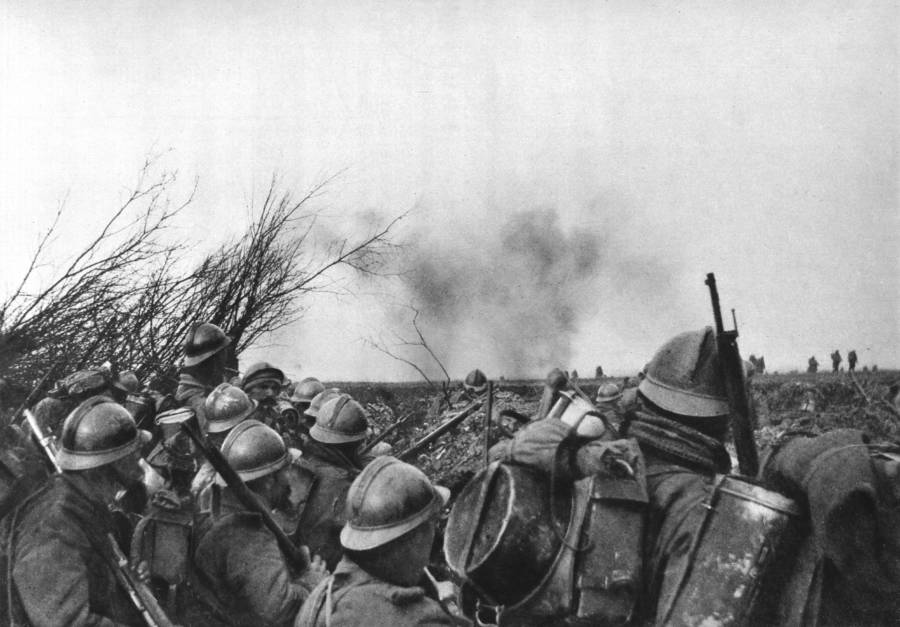

It had been a strategy completely new to the history of warfare and one that, in its very symbolism, was symptomatic of that Great War where, in their callousness, leaders might consider human lives as simple corpuscles. In Falkenhayn’s personal phrases, France was thus to be ‘bleed white’. By threatening Verdun with a moderate investment of just 9 divisions, he was expecting to lure the main forces of the French army into the salient, where German heavy artillery would likely smash it to pieces coming from 3 edges. In 1914, Verdun had granted a strong rock for the French line, and without it Joffre possibly not have managed to fight on the Marne and rescue Paris.Ĭoming from his expertise each of the historical background and nature, Falkenhayn estimated that France could be pressured to fight for this semi-sacred citadel to the last soldier. Following 1870 it was subsequently the crucial citadel in the line of fortresses protecting France’s frontier with Germany. During the Seventeenth century Louis XIV’s superb martial expert, Vauban, had created Verdun the strongest citadel in the cordon protecting France in the Franco-Prussian War of 1870 it turned out the last of the strong French citadels to surrender, outlasting Sedan, Metz, and Strasbourg. Verdun’s background as a fortified camp went back to Roman days, when Attila had thought it was really worth destroying. Verdun, located hazardous at the end of an extended salient, around One hundred thirty air miles south-east of where Joffre planned to strike on the Somme and merely One hundred fifty miles due east of Paris, completed all of Falkenhayn’s specifications. In mid-December Falkenhayn wrote an extended memorandum for Kaiser Wilhelm II by which he suggested that the sole method to realize triumph was to destroy the Allies’ major army, the French, by luring it into the defense of an indefensible location. Potential would certainly not once more look so brilliant for German military as at the end of 1915. The Germans would defeat the Allies to the draw. Nevertheless, on the opposite side of the front, the chief of the German general staff, General Erich von Falkenhayn – an unusual combination of ruthlessness and indecision – got his unique ideas. Nevertheless, following a conference with Joffre on 29th December, he made way for himself to be won over to the Somme plan. Sir Douglas Haig, who had also just taken over command of the BEF in France from General French, might have favored to strike in Flanders (a choice which was to reassert itself with devastating outcomes one year afterwards). There were simply no strategic goals at the rear of this sector of the front Joffre’s main cause for choosing it was his intuition that he might be most guaranteed of complete British contribution if they attack arm in arm with the French soldiers.

40 French and 25 British divisions would be taking part. The key element of this offensive would be a Franco-British ‘push’ astride the river Somme.

At that time, the very first time, there would be a good amount of soldiers, heavy artillery, and ammunition. As a result came projects for a synchronized offensive by all the allies the next summer season. His strategy in the ‘race to the sea’ in the West collapsed in the fall of 1914, but he gains 1915 success on the Eastern Front.In December 1915, the brand-new French supreme commander Joffre held an important meeting of the Allied commanders at his Headquarters in Chantilly. War Minister Erich von Falkenhayn was already in September 1914 Moltke’s successor as Chief of Staff.


 0 kommentar(er)
0 kommentar(er)
